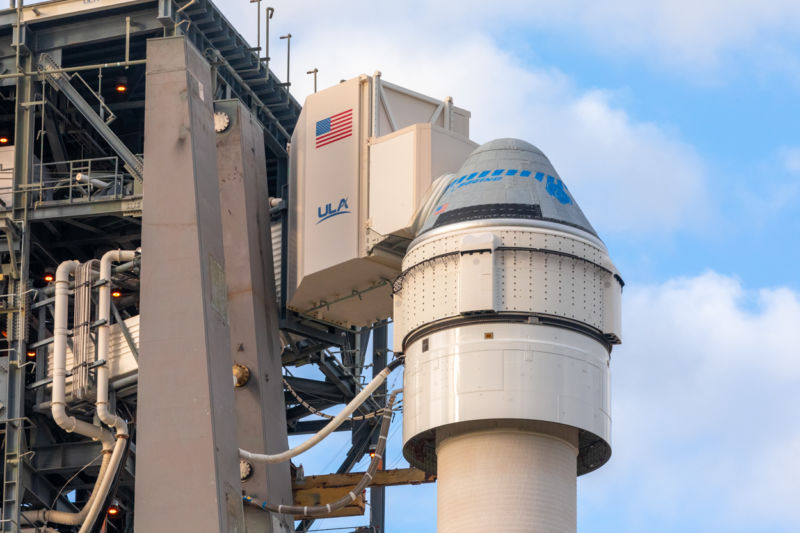Starliner’s thruster performance receiving close scrutiny from NASA

Enlarge / A close-up view of the Starliner capsule with its service module immediately beneath it. (credit: Trevor Mahlmann )
Nearly one month ago, Boeing completed the first orbital test flight of its Starliner spacecraft with a near-perfect landing at White Sands Space Harbor in New Mexico.
The mission had to be cut short due to a well-publicized timing error that delayed the spacecraft's service module from performing an orbital insertion burn. This caused the thrusters on board the service module, which provides power to Starliner during most of its mission, to fire longer than expected. As a result, the spacecraft did not have enough fuel to complete a rendezvous with the International Space Station, a key component of the test flight in advance of crewed missions.
Since providing some initial information during a post-flight news conference, NASA and Boeing have gone mostly quiet about the investigation into the timing error. Two weeks ago, the space agency said it had initiated two investigations. One would find the root cause of the "mission elapsed timer anomaly" over the course of about two months, and the second will determine whether another uncrewed test flight of Starliner is required before astronauts fly on the vehicle.
Read 8 remaining paragraphs | Comments